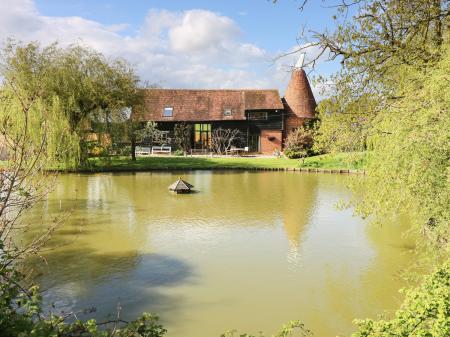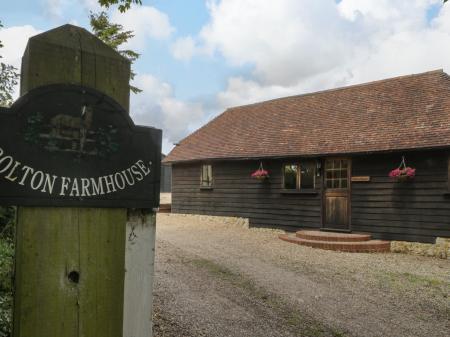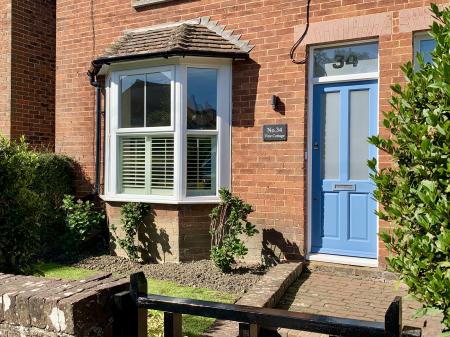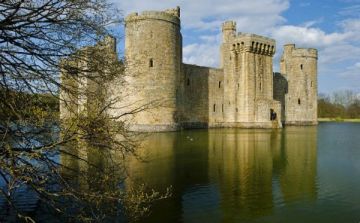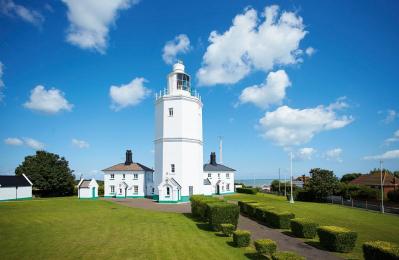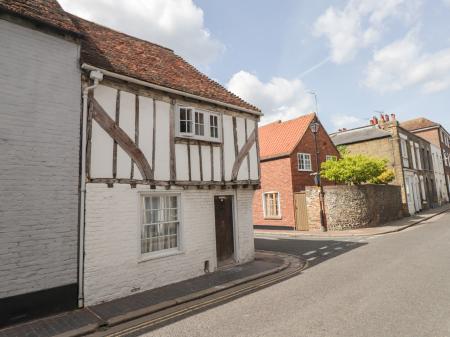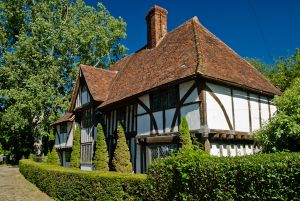
The name Smarden comes from the Saxon for 'butter valley' and 'pasture'. It's very much a village now, but in 1332 Edward II granted Smarden the right to hold a market; a right that was reaffirmed by Elizabeth I when she granted the right to hold a five-day fair.
In between those events, Smarden saw high historical drama when 66 local men took part in Jack Cade's ill-fated 1450 rebellion against high taxes and prices.
The 14th-century church of St Michael the Archangel is known as the Barn of Kent, on account of its extremely wide scissor-beam roof, which spans an aisleless nave that is 36 feet in width.
Archaeological excavation in Smarden resulted in the find of a large number of English and French coins dating from the 13th to the 16th century.
There are several examples of medieval Wealden hall houses in Smarden, including Chessenden, on The Street. On the Headcorn Road is one of the finest surviving cloth halls in Kent, distinguishable by a projecting hoist for lifting bales, still attached to the gable end of the house.
One of the oldest buildings in the village is The Chequers Inn, a 14th-century coaching inn on The Street. The Chequers has its own resident ghost; a Napoleonic War soldier who was stabbed to death in one of the bedrooms. By comparison, The Bell on Bell Lane is a relative newcomer to Smarden, built in 1536.




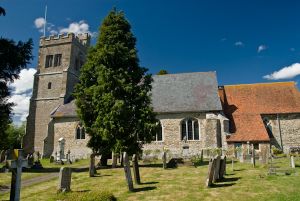
 We've 'tagged' this attraction information to help you find related historic attractions and learn more about major time periods mentioned.
We've 'tagged' this attraction information to help you find related historic attractions and learn more about major time periods mentioned.